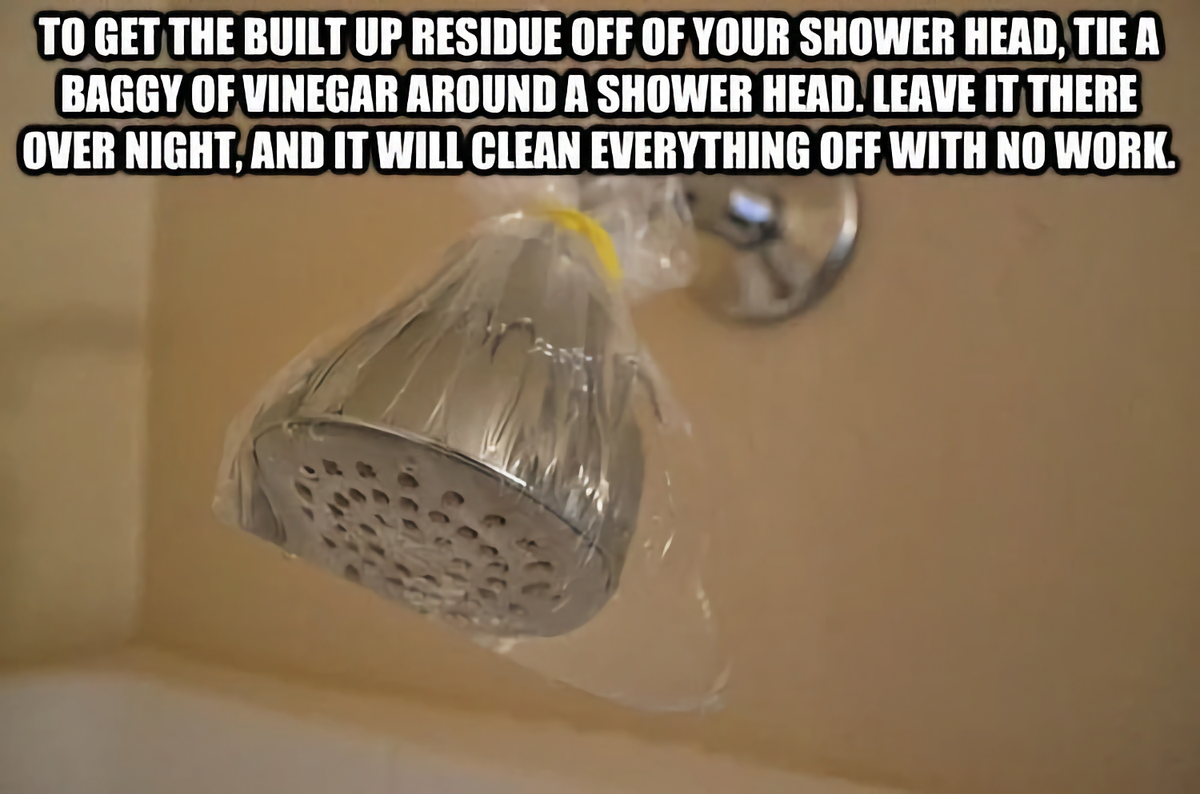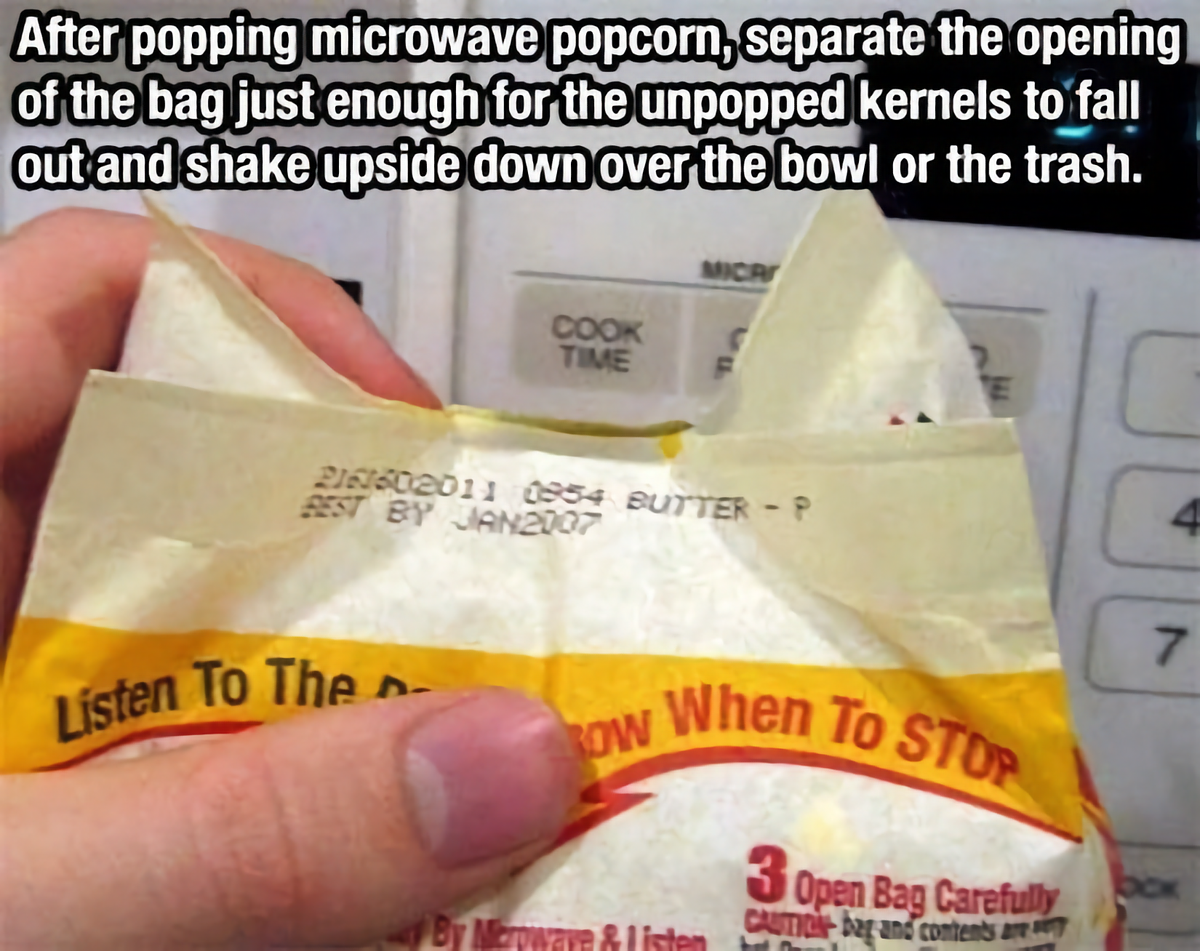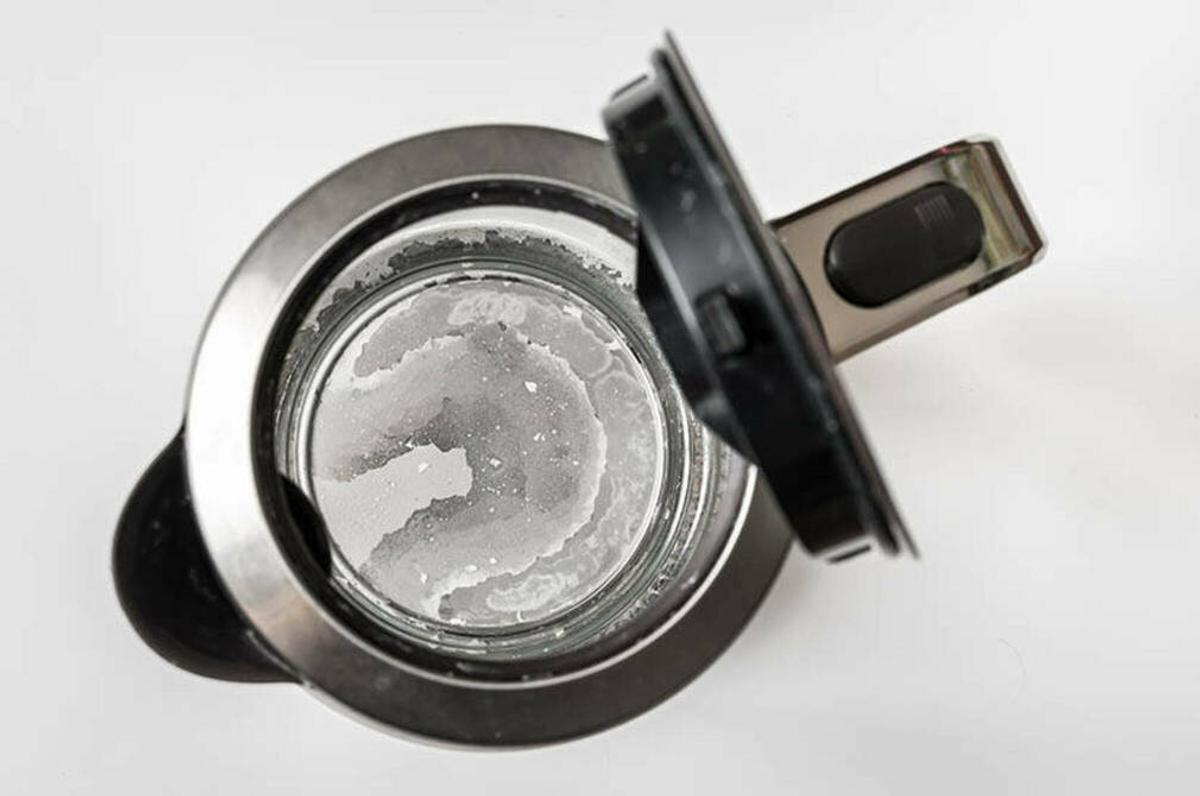Life Hacks:

Why are kettles SO loud?
Ever wondered what those chalky marks are on the inside of your kettle? That’s limescale. A build-up of calcium and magnesium in hard water causes limescale. Leaving water sitting in your kettle encourages limescale to develop.
When you heat water, it evaporates. But the remaining liquid is super-concentrated with minerals such as calcium and magnesium. And so, a build-up of limescale develops in hard-to-reach places like the bottom of an electric kettle.
While not harmful, it can add an undesirable metallic taste to water and make boiling louder!
That annoying thumping, knocking noise of a kettle boiling is the sound of collapsing bubbles of steam. Water doesn’t heat up evenly – little bubbles of hot water expand from the bottom of the kettle. As the bubbles rise and cool, they suddenly (and noisily) collapse. That process is called cavitation. Kettles are noisiest when they first start to boil, and the hot bubbles have to move through very cold water, so they collapse faster.
Limescale is an insulator. Allowing it to build up slows down the transfer of heat, so the kettle takes longer to boil and is noisier while it boils.
There are ‘quiet’ kettles available that claim to produce about 50 dB. However, they still develop limescale, which will increase the volume over time. No kettle is immune.
Here’s how to make your kettle quieter
Step 1 – Fill the kettle just under halfway with equal parts white vinegar and water. Be careful not to overfill, as the mixture will bubble up. Lemon juice works, too; swap with the vinegar if preferred.
Step 2 – Swirl to mix the vinegar and water. Let it sit for one hour.
Step 3 – Boil.
Step 4 – Allow it to cool.
Step 5 – Rinse and refill with water. Repeat this step until the smell of vinegar has gone.
Step 6 – Enjoy your quiet kettle!



